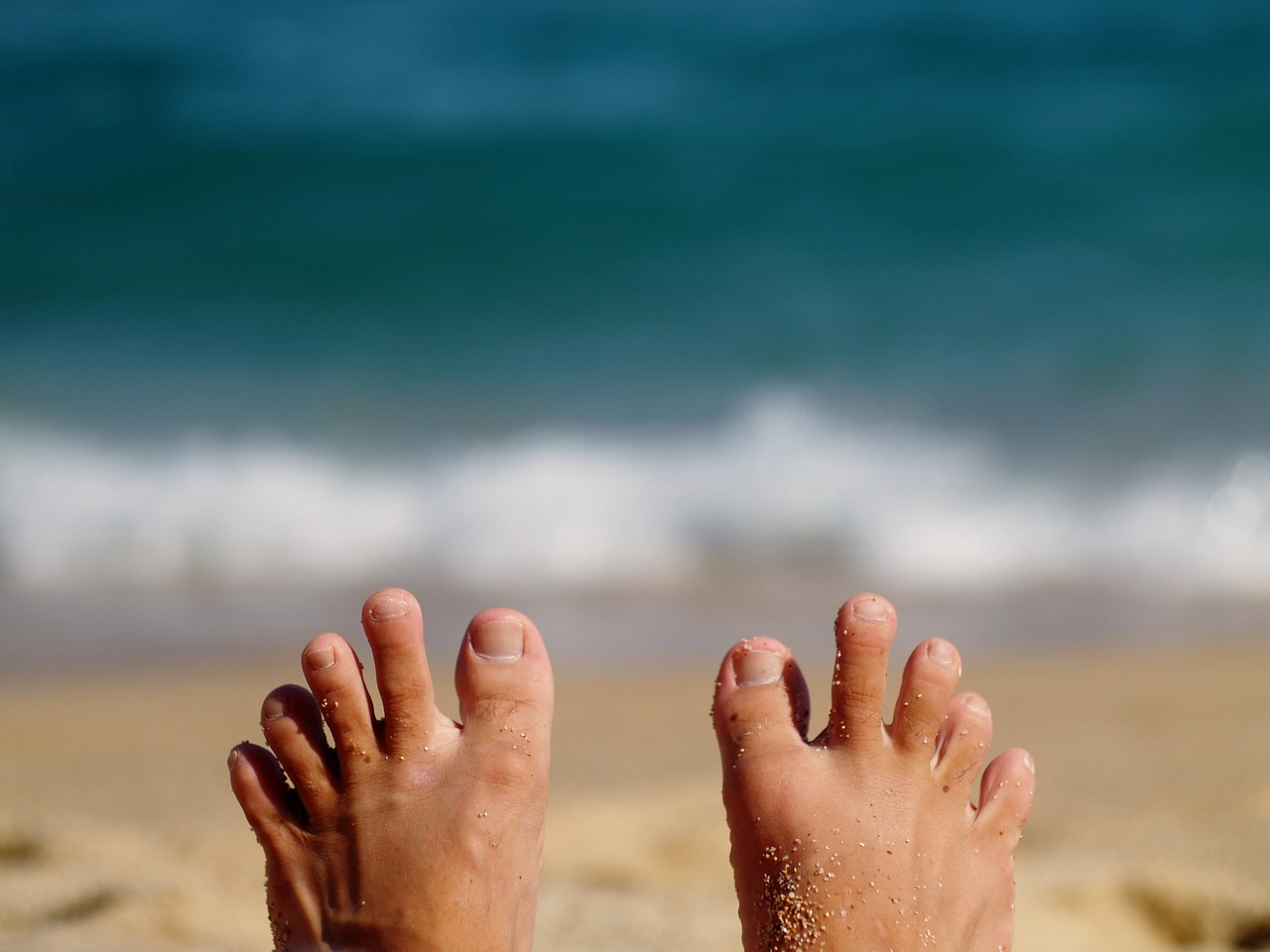Gout may seem like one of those bygone diseases which only afflicted people before modern medical treatment (among gout’s unusual distinctions, it is one of history’s most recorded diseases). Unfortunately, that is not the case and gout still affects many people.

When people come to see me for excruciating foot pain which manifests in their big toe—so tender that it cannot be moved or even touched without causing agony—their condition is often the result of a gout attack. In addition to the rapid development of excruciating pain, gout is characterized by swelling and discoloration of the affected joint area. While the big toe is frequently the site of gout, it can also develop in the ankle, knee, elbow, wrist, and finger.
What is Gout?
There is no predicting gout as it is a kind of arthritis and the result of high levels of uric acid buildup in the blood. Uric acid is a breakdown product of purines, which come from many foods, especially those rich in protein, alcoholic beverages (especially beer), and fruit-sugar sweetened drinks. Treating such uric acid buildup as a threat, the body will work to eliminate it, and that immune reaction is what causes pain, swelling, and redness common with gout in the foot.
Males between the ages of 30-45 are most prone to gout attacks. Women are also affected usually after menopause and at older ages of 55-70. If there is a history in your family, that increases your chance of developing gout.
Gout is more likely to afflict people with such medical conditions as kidney disease, high blood pressure, and diabetes. People who are overweight or consume alcohol in excess are also more prone to gout. Finally, some medications may contribute to uric acid buildup such as aspirin or diuretics.
How to Treat Gout
Attacks of gout tend to run 3-5 days, and immediate treatment will likely diminish its symptoms. The goal of treatment is to reduce the body’s inflammatory response to the high levels of uric acid. Such anti-inflammatory treatments are often effective, so you may not need further treatment.
Simple treatments include using ice on the affected area, resting and elevating the digit or limb, and taking over-the-counter, non-steroidal, anti-inflammatory drugs, such as naproxen or ibuprofen.
If your foot pain persists, contact your Lansdale podiatrist for stronger pain medications or even a steroid. An anti-inflammatory injection may also be used to decrease pain and swelling more quickly. A temporary walking boot may also help give your foot a rest while it is healing.
After a gout attack, you should have a blood test to check that your baseline uric acid level has returned to normal. If the level remains elevated despite the absence of gout, you may need a maintenance medication.
Source
Advanced Podiatry
WebMD




